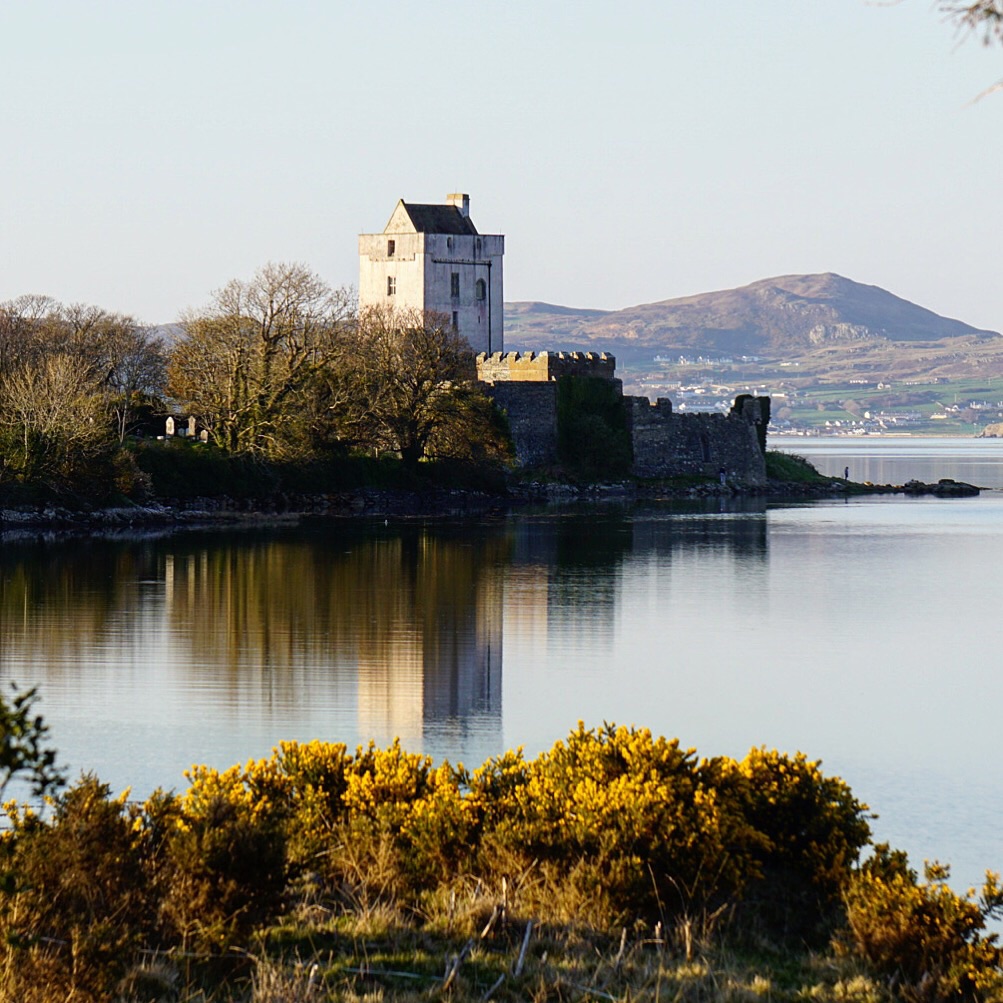Castle in County Donegal
One day Caroline’s mother had decided to take Caroline and Aishling on a special outing to Doe Castle, a historical stronghold of the Clan tSuibhne in County Donegal. The girls were excited for the adventure and eager to explore the castle ruins. As they walked along the winding path towards the castle, Aishling pointed out the various plants and animals that called the surrounding forest home. Caroline listened intently, fascinated by her friend’s knowledge of the natural world.
Doe Castle, also known as Caisleán na dTuath in Irish, is a 15th-century fortress located near the village of Creeslough in County Donegal, Ireland. It was built in the early 1400s by the MacSweeney clan, who were then the rulers of the region. The castle is situated on a peninsula that juts out into the Atlantic Ocean, providing strategic protection against invading forces.
The castle has a rich and fascinating history. In the early 1500s, the castle was taken by the powerful O’Donnell clan, who ruled the area for several centuries. During the Nine Years’ War in the late 16th century, the castle was attacked and partially destroyed by English forces.

In the 17th century, the castle was acquired by the Cromwellian soldier, Sir William Cole. He repaired and refurbished the castle, transforming it into a comfortable residence. The Cole family lived in the castle for over 200 years until the early 20th century.
Today, Doe Castle stands as a testament to the rich and varied history of Ireland. It is a popular destination for tourists and history enthusiasts who come to explore its ancient ruins and learn about the people who lived there. The castle has been well preserved, and visitors can still see the original features such as the tower house, the great hall, and the dungeons.
As they approached the castle, Caroline’s mother explained the history of the Clan tSuibhne and their role in the region’s past. Caroline felt a sense of awe and wonder as she gazed at the towering stone walls and imagined the lives of those who had lived within its confines.
As they entered the castle, Aishling whispered to Caroline about the spirits that still lingered within the ancient walls. Caroline felt a chill run down her spine, but she was excited by the prospect of encountering something supernatural. As they explored the ruins, they could hear the wind howling through the gaps in the walls and the sound of their footsteps echoing through the empty halls.
Aishling suddenly stopped in her tracks and turned to Caroline her eyes wide with wonder. Caroline could sense the energy shifting around them and felt a strange presence in the air. She followed Aishling’s gaze and saw a figure standing in the shadows, watching them with a curious expression.
Caroline felt a chill run down her spine, unsure of who or what they were seeing. But Aishling seemed unfazed, smiling, and extending her hand towards the figure in greeting. Caroline watched in amazement as the figure stepped forward, revealing itself to be a spirit from another realm. The spirit introduced themselves as one of the ancient protectors of the castle, watching over it for centuries.
Caroline and Aishling were in awe as the spirit shared stories of the castle’s past, of battles fought and won, and of the noble Clan tSuibhne who had called it their home. They explored the ruins with a newfound appreciation for the history and the spirits that surrounded them.
Caroline’s mother, who had been skeptical of her daughter’s connection to the spirit world, was astonished by the experience and grateful for the opportunity to learn more about the history of her homeland.
Caroline’s heart raced as she realized that they were not alone. But Aishling whispered to her that it was a friendly spirit, and that they should not be afraid. Caroline felt a sense of calm wash over her, and she approached the spirit, extending her hand in greeting.
To her surprise, the spirit took her hand and led her on a tour of the castle, showing her hidden rooms and secret passages that had long been forgotten. Caroline felt a sense of excitement and adventure as she explored the castle with her new friend, Aishling by her side.
The spirit told Caroline about the many battles that had taken place at Doe Castle over the centuries, and the clan tSuibhne’s struggles to keep their power and position in the region. Caroline was fascinated by the tales of bravery and heroism, and she felt a deep connection to the castle and its rich history.
As they explored further, the spirit led Caroline to a small room that was tucked away in a corner of the castle. The room was dusty and dimly lit, but Caroline could see that it was once a place of great importance. The spirit explained that this room was where the clan tSuibhne leaders would meet to discuss important matters and make decisions that would shape the course of their clan’s future
Doe Castle was most likely built c.1420 by the Quinn family, but by the 1440s, it had come into the hands of the gallowglass MacSweeney family. The castle remained in the hands of a branch of the Clan Sweeney known as Mac Suibhne na d’Tuath (Mac Sweeney Doe) for almost two hundred years until it was seized by King James VI and I because the MacSweeneys had rebelled against him. On 7 March 1613 during the Plantation of Ulster, the king granted the castle, along with other lands, to the Attorney-General for Ireland, Sir John Davies (poet, born 1569). On 31 December 1614, Sir John sold the castle to an English settler, Captain John Sandford from Shropshire, England.
It was there that Owen Roe O’Neill returned in 1642 to lead the Ulster Army of the Irish Confederate forces during the Wars of the Three Kingdoms.
The castle changed hands repeatedly during the 17th-century struggle for control of Ireland between the English and the Irish. It is known that in 1650, Sir Charles Coote, the Governor of Londonderry, took possession of the castle.
Eventually, the castle was bought by Sir George Vaughan Hart and inhabited by his family until 1843.
Caroline felt a sense of awe and reverence as she stood in the room, imagining the great leaders of the past sitting in the same spot and making important decisions. She felt a deep respect for the people who had lived and fought at Doe Castle, and she vowed to honour their legacy by sharing their stories with others.
As they made their way back outside, Caroline’s mother called out to them, letting them know it was time to go. Caroline turned to say goodbye to her spirit friend, but the figure had already disappeared into the shadows.
As they drove back home, Caroline felt a deep sense of gratitude for the experience and the chance to connect with the spirits of the castle. She knew that she would never forget the adventure she had with her spirit friend, and she would always cherish the memory of Doe Castle.
In the days and weeks that followed, Caroline spent much of her time researching the history of Doe Castle and the Clan tSuibhne. She was fascinated by the castle’s role in the Wars of the Three Kingdoms and the struggles between the English and the Irish for control of Ireland.
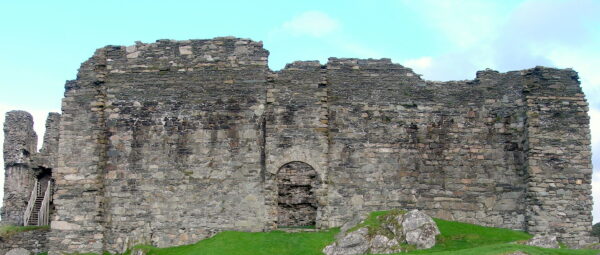
Castle Sween, thought to have been built by Suibne, son of Dunslebh, son of Aodh of Buirche (Hugh the Splendid), son of Ánrothán.
Clan Sweeney is an Irish clan of Scottish origin. The Mac Suibhne family did not permanently settle in Ireland before the beginning of the 14th century, when they became Gallowglass soldiers for the Ua Domnaill dynasty of Tír Chonaill. The clan also claims an Irish descent from a prince of the Uí Néill dynasty, Ánrothán Ua Néill, son of Áed, son of Flaithbertach Ua Néill, King of Ailech and Cenél nEógain, died 1036. Through this descent the clan can claim a descent from Niall Noigíallach (Niall of the Nine Hostages).
In the 13th century the MacSweens controlled lands across central Argyll, extending as far north as Loch Awe and as far south as Loch Fyne. Their principal seats included Lochranza Castle on the Isle of Arran, Skipness Castle and Castle Sween at Knapdale, which may be Scotland’s oldest surviving stone-built castle.
The MacSweens held this lordship of Knapdale and lands in Kintyre until 1262. That year Dugall MacSween granted to Walter Stewart, Earl of Menteith the lands of Skipnish (Skipness), Killislate (South Knapdale) and other lands in the parish of Kilcalmonell in Kintyre. Following this the Earl granted several churches in Knapdale to the monastery of Kilwinning, showing that he now had control of both North and South Knapdale. Also, in the same year Alexander III of Scotland granted Lochranza Castle to Walter Stewart, Earl of Menteith.
In 1263 Haakon IV of Norway sailed down the western coast of Scotland with an invasion fleet from Norway. With the arrival of the royal fleet Norse control in the Western Isles and Argyll was re-established, and the Norwegian king’s force was strengthened by Islesmen. Among those pressed into his service were the deposed MacSweens of Knapdale, under Murchadh MacSween. The MacSweens seemed to have been of doubtful loyalty as they were forced to also surrender hostages to guarantee their support. Haakon had “given” Arran to Murchadh, but ultimately, the Norwegian invasion was defeated at what is known today as the Battle of Largs.
The Earl of Menteith still controlled Knapdale in 1293, and in 1301 Knapdale was being held by his successor, Sir John Stewart (Sir John Menteith). It was then that John MacSween approached Edward I of England, asserting that one of the king’s enemies, Sir John Menteith, had deprived MacSween of his inheritance.[8] Between 1301 and 1310, John MacSween was in the service of the English in the hope of keeping alive his family’s claim against the Menteiths.
During the Great Cause, which led to the First War of Scottish Independence, the MacSweens were supporters of the powerful MacDougall Lords of Lorne who supported John Balliol as patriots, as long as John was king of Scotland. However, in 1301, John Macsween, Lord of Knapdale, joined Angus Og Macdonald, by then Lord of the Isles, in a campaign against Alexander MacDougall, Lord of Argyll and Lorne, for his murder of Angus Og’s elder brother, Alexander Og Macdonald in Ireland in 1299.
After the murder of John Comyn, the nephew of Balliol, by Bruce and his companions in 1306, the First War of Scottish Independence became at one and the same time a civil war. The Balliols, Comyns and MacDougalls taking the side of the English in opposition to the Macdonalds and the Bruce, crowned Robert I of Scotland on 25 March 1306.
This was an era of constantly shifting alliances, and in 1301 John MacSween was in alliance with Aonghus Óg Mac Domhnaill, Lord of Islay (died 1314×1318/c.1330) against the MacDougalls of Lorne. In 1307 the MacDougalls were the bitterest of Robert the Bruce’s enemies, and the man in command of the rebellion against Bruce was Sir John Menteith, who had previously removed the MacSweens from their castle in Knapdale.
By 1310, when Bruce had most of Argyll and the North Channel in his favour, the English encouraged John MacDougall, the son of Alexander MacDougall and now the ousted Lord of Lorne, to raise a fleet in 1311, based on the eastern coast of Ireland. MacDougall was aided in part by the MacSweens, including John and his brothers Toirdelbach and Murdoch. It was around this time in 1310, that Edward II of England granted John and his brothers their family’s ancestral lands of Knapdale, provided they could recover it from Sir John Menteith. It is possible, therefore, that this event could have been the “tryst of a fleet against Castle Sween”, recorded in the Book of the Dean of Lismore, which tells of the failed attempt by John MacSween to recapture Castle Sween. With the failure to recapture their lands in Scotland, the MacSweens permanently left for Ireland.
A plate from The Image of Irelande, by John Derricke, published in 1581. The chief sitting at his table, entertained by his bard and harper is thought to be a “Mac Sweyne”.
A contingent of the MacSweens eventually re-established themselves at Donegal as Gallowglass mercenary soldiers and became the progenitors of Clan Sweeney. Some of those who stayed on in Scotland formed into the Clan MacQueen, a branch of whom later joined the powerful Chattan Confederation. According to Niall Campbell, 10th Duke of Argyll, other MacSweens who remained in Scotland became known as the MacEwens of Otter, whose chiefly line may have become extinct in the 17th century.
The earliest record of a Mac Suibhne, in relation to the clan, is of Murchadh Mac Suibne in 1267. Murchadh’s father was Máel Muire an Sparáin of Castle Sween in Knapdale, who was himself the son of Suibne. Murchadh became a prisoner of Domnall Ó Conchobair and was handed over to the Earl of Ulster, in whose prison Murchadh is said to have died.
Once set up in Ireland the Clan Sween controlled large territories, and was divided into three branches:
Mac Suibhne Fánad (Mac Sweeney Fanad)
Mac Suibhne na d’Tuath (Mac Sweeney Doe)
Mac Suibhne Boghaineach (Mac Sweeney Banagh)
Rathmullan was the seat of MacSuibhne Fanad for the next 400 years, during which time their influence extended from Donegal into Connacht and Munster. In Donegal, their principal seats were Doe Castle and Rahan Castle near Killybegs.
In Scotland, the inauguration of the MacSuibhne Clan chiefs had taken place at Iona, where they were also buried. In Ireland they were inaugurated in Kilmacrennan, County Donegal, where MacSuibhne Fanad became influential allies of the O’Donnell of Tyrconnell. The remains of the Sweeneys who went to Ireland are interred outside the walls of Castle Doe, Donegal.
The historian James Logan, in The Scottish Gaël, remarked how the Mac Swineys were notable for their hospitality. At a seat of theirs, Clodach Castle, there was a stone set near the highway which was inscribed with an open invitation to travellers to make for Clodach for refreshment. At some point, one of the family overturned the stone and after were said to have never prospered. Logan also noted that the war-cry of the Mac Sweins was “Battalia-abu” (The noble staff, victorious), from the battle-axe they bore in their Arms.
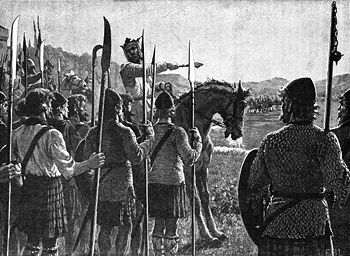
Robert the Bruce addresses his troops before the Battle of Bannockburn. Drawing from c. 1900.
Caroline’s interest in history and spirituality continued to grow, and she began to explore more of the ancient sites and landmarks of Ireland, always accompanied by her faithful friend Aishling and the spirits that guided her along the way.
Years later, as Caroline stood in front of the ruins of Doe Castle, she felt a sense of peace and wonder wash over her. She knew that the spirits of the castle were still watching over the land, their stories and histories intertwined with the very fabric of the landscape. Caroline smiled to herself, grateful for the adventure she had with her spirit friend so many years ago, and for the many more adventures that were yet to come.




Embracing Life’s Lessons
Dear fellow seekers of wisdom, sitting with my guides we talked about having failures. My dear friend, it

A Journey Through Irish Legends
Irish mythology, captivating tales, ancient folklore Once upon a time, in the lush green landscapes of Ireland, where the mists
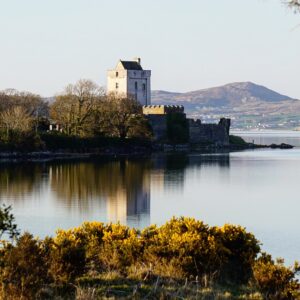
The Haunting of Doe Castle
Castle in County Donegal One day Caroline’s mother had decided to take Caroline and Aishling on a special outing to

A Summer Day in the Irish Countryside
Hay Farming It was a hot summer day in Ireland, and Caroline and Aishling had been asked to help Caroline’s
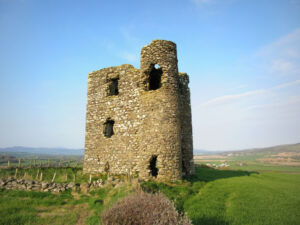
Caroline’s Adventures with the Scouts in Donegal.
Tea is the elixir of the storyteller’s soul, fueling the imagination and soothing the mind. So grab a cup,

An Adventure on the Back Shore of Newtowncunningham.
Exploring the History and Beauty of Lough Swilly. As the warm summer sun beat down upon the small
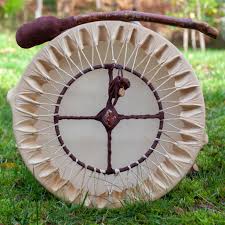
Embracing Ireland’s Shamanic Path
In the realm where dreams unfold, Where spirits dance and stories are told, I beckon you, seeker of the arcane,

Welcoming American Relatives to the Wonders of Donegal
Once upon a time in the picturesque countryside of Donegal, Ireland, Caroline’s neighbours had invited their American relatives for a
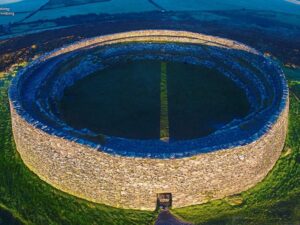
Caroline and Aisling’s Journey to Grianan of Aileach
An Encounter with Ancestral Wisdom Once upon a time, Caroline and Aisling embarked on a remarkable journey through the fields

A Journey of Belonging and Growth
Once upon a time, in a quaint village nestled amidst the lush hills of Ireland, lived a young
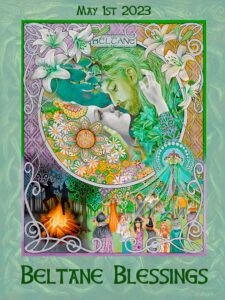
Beltane’s Ember Igniting the Flame of Renewal
In the embrace of blossoming May, As nature awakens, hearts at play, I offer you a poem, dear seeker of
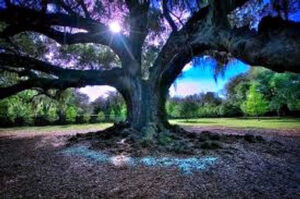
The Whispering Wisdom of Ireland’s Mighty Oak
Unveiling the Secrets of the Emerald Isle “Join Caroline on a magical quest through Ireland’s mythical landscape, where

Why Healing Feels Lonely – Understanding and Embracing the Process
Healing Feels Lonely Hey there, fellow spiritual seekers! Today, I want to talk about something that many of us experience

A Prayer for Spiritual Connection and Growth in Mediumship
A Prayer for Spiritual Connection and Growth in Mediumship Great Spirit, As we gather in this sacred space, we

Unlocking the Secrets of Spirit Communication
Spirit Communication Hello, dear friends! Today, we’ll be delving into the captivating world of spirit communication. As a spiritual medium,

Exploring Types of Mediumship: Unlock Your Spiritual Potential
Hello, dear friends! As promised, today we’re going to explore the diverse types of mediumship and learn how they can
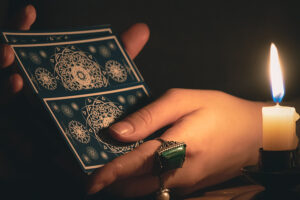
The Evolution of Mediumship and its Impact on Mediums and Their Families
Mediumship through the ages. Join us as we explore the fascinating history of mediumship and how it has impacted the

Heart-Cantered Healing: Nurturing Your Inner Healing Power
Heart-Cantered Healing Discover the transformative power of Heart-Cantered Healing. Learn how to access your inner healing power and

The Spiritual Alchemist – Transforming Your Life with Ancient Wisdom
Spiritual Alchemist : Discover the transformative power of ancient alchemical principles in your spiritual journey. Learn how to become a

The Soulful Seeker – Navigating Life’s Journey through Intuition and Synchronicity
power of intuition and synchronicities As a spiritual seeker, you understand the importance of tuning in to your intuition and

A Prayer for Connection and Guidance
A Prayer for Connection and Guidance Divine Source, thank you for the abundant gifts of the Earth and the
Earth Spirit Wisdom: Nurturing Your Soul Through Nature-Based Spirituality
Earth Spirit Wisdom Earth Spirit Wisdom looks at the deep connections between nature and spirituality. This blog looks at Indigenous

Inner Light Guides – Navigating Your Spiritual Journey
Inner Light Guides Inner Light Guides is a unique concept in the world of spirituality, offering a personalized approach to

The Mindful Mystic – Bridging the gap between science and spirituality.
When it comes to comprehending our role in the cosmos, as humans, we often find ourselves at a fork

Journeying Through Cosmic Consciousness: Exploring Our Place in the Universe Through Spirituality.
Cosmic Consciousness Cosmic Consciousness is a topic that has fascinated people for centuries. It is the idea

Unveiling the Divine Connection: Your Path to Spiritual Growth and Inner Peace
Hey there, dear friend! Welcome back to my Spiritual Medium blog. Today, we’re going to explore a topic that is
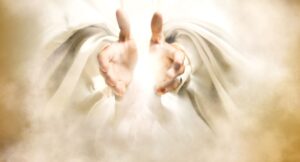
Great Spirit
Great Spirit. Great Spirit, we come to you with open hearts and minds, seeking your guidance and wisdom on

3 Ways to Awaken Your Spirit and Discover Your True Self
Spirit Awakening The journey of Spirit Awakening is a powerful and transformative experience that can lead us to a deeper

Cultivating Soulful Serenity: A Guide to Reducing Stress and Finding Inner Peace
In the fast-paced world we live in, it’s easy to get caught up in the hustle and bustle of life.
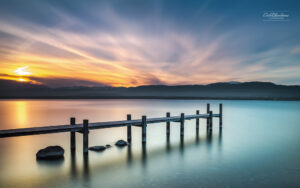
Soulful Serenity.
Soulful Serenity, a state of being Where peace and tranquility are freeing From the chaos and noise of everyday life

Walking the Sacred Path. Unveiling Ancient Wisdom and Spiritual Practices from Around the Globe.
Hello, fellow spiritual seekers! I’m thrilled to share this in-depth exploration of the sacred path with you. As we delve

Spiritual Dreams and Astral Travel: Exploring the Realm of the Subconscious.
Spiritual Dreams and Astral Travel. As we sleep, our minds enter into a realm of infinite possibilities, where the boundaries
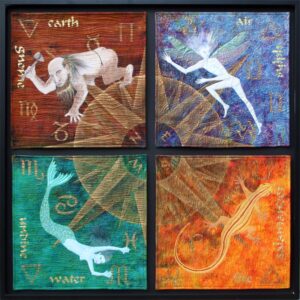
Understanding Elementals: What They Are and How They Work.
Understanding Elementals. As spiritual beings, we are often drawn to the natural world around us. From the gentle whisper of

Prayer
Great Spirit, We come to you today with open hearts and minds, seeking your guidance, comfort, and love. We know

Understanding Spirit Guides
Who They Are and How They Help You? Spirit guides are beings that exist in the spiritual realm and are

“The Art of Energy Healing.
The Art of Energy Healing: Understanding its Fundamentals and Benefits”. Energy healing is a holistic practice that focuses on promoting
“Shamanic Healing”
I was asked the question “How do i open myself to Seeing Spirit” Shamanic healing is an ancient practice that
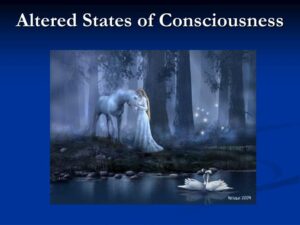
Integrating Levels of Consciousness
Integrating Levels of Consciousness and Altered States into Your Spiritual Practice As we explore the various levels of consciousness and

Altered States of Consciousness
Altered States of Consciousness: A Journey Beyond the Ordinary Have you ever experienced a state of mind that feels different

The Universal Consciousness
The Universal Consciousness: Exploring the Depths of Our Connection to the Universe Introduction Universal Consciousness, also known as Cosmic Consciousness,

Embracing the Spring Equinox in Ireland and the UK: A Spiritual Awakening.
Spring Equinox in Ireland and the UK. Hello, fellow spiritual seekers! I’m excited to share with you an insightful exploration
